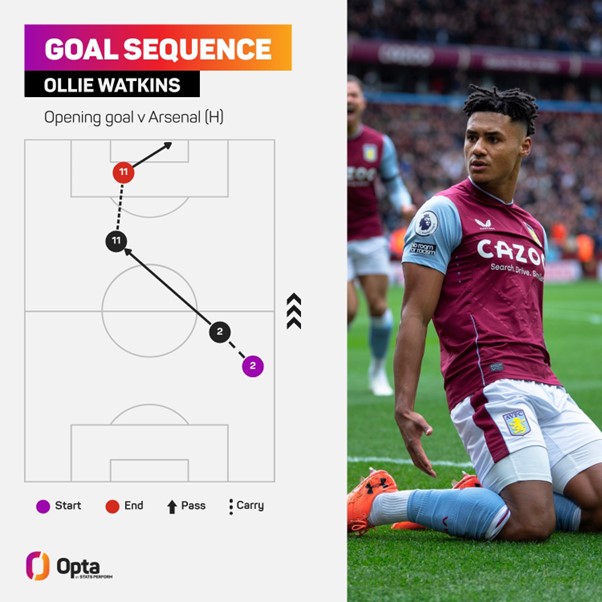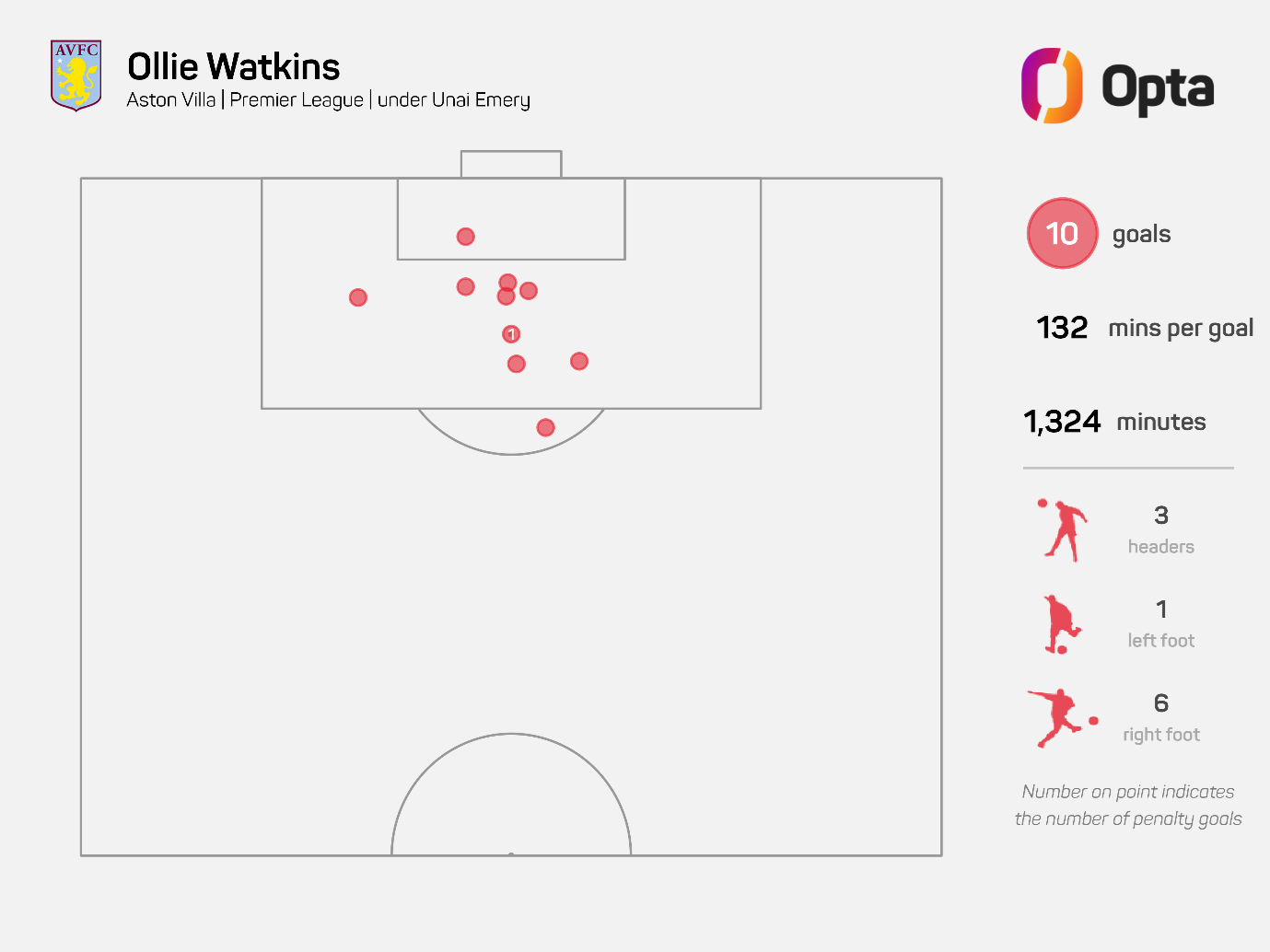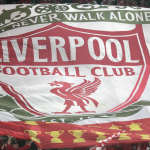
IT was fair to say that Unai Emery had some unfinished business in the Premier League. After succeeding Arsène Wenger at Arsenal in 2018 – an unenviable task in hindsight, perhaps – Emery lasted little more than a season in England before the chapter was to end.
From there, he returned to Spain and got back on the wagon, immediately adding to his European honours with a historic Europa League triumph with Villarreal, where they beat Manchester United in the final. A season later, he would take the Yellow Submarine to one game away from a Champions League final, after eliminating an all-powerful Bayern Munich side in the final eight.
By that point, there was growing sense to the theory that Emery was a manager best suited to working just below the ‘top tier’, with the teams aiming to disrupt the elite, rather than inserting himself within a club already there. Perhaps his highly tactical style – especially in the sense of counter-acting opposition strengths – was something more willingly received by the lower-profile squads he’s had to work with.
And after just five months in his current post with Aston Villa, Emery isn’t doing much to dispel the theory.
| P | Team | P | W | D | L | GF | GA | GD | Pts |
| 1 | Arsenal | 18 | 13 | 3 | 2 | 42 | 18 | 24 | 42 |
| 2 | Manchester City | 16 | 11 | 2 | 3 | 36 | 15 | 21 | 35 |
| 3 | Aston Villa | 17 | 11 | 2 | 4 | 30 | 20 | 10 | 35 |
| 4 | Manchester United | 17 | 10 | 3 | 4 | 27 | 21 | 6 | 33 |
| 5 | Newcastle United | 16 | 9 | 5 | 2 | 24 | 11 | 13 | 32 |
| 6 | Liverpool | 17 | 8 | 4 | 5 | 27 | 20 | 7 | 28 |
| 7 | Brentford | 16 | 7 | 6 | 3 | 26 | 16 | 10 | 27 |
| 8 | Tottenham Hotspur | 17 | 8 | 3 | 6 | 29 | 26 | 3 | 27 |
| 9 | Brighton and Hove Albion | 15 | 7 | 4 | 4 | 30 | 19 | 11 | 25 |
| 10 | Wolverhampton Wanderers | 16 | 6 | 3 | 7 | 16 | 20 | -4 | 21 |
| 11 | Fulham | 15 | 6 | 2 | 7 | 16 | 16 | 0 | 20 |
| 12 | Chelsea | 18 | 4 | 6 | 8 | 12 | 16 | -4 | 18 |
| 13 | Crystal Palace | 18 | 4 | 5 | 9 | 16 | 24 | -8 | 17 |
| 14 | Nottingham Forest | 16 | 4 | 5 | 7 | 14 | 24 | -10 | 17 |
| 15 | Bournemouth | 16 | 5 | 2 | 9 | 13 | 25 | -12 | 17 |
| 16 | West Ham United | 16 | 4 | 4 | 8 | 16 | 26 | -10 | 16 |
| 17 | Leeds United | 17 | 3 | 5 | 9 | 20 | 32 | -12 | 14 |
| 18 | Everton | 16 | 3 | 4 | 9 | 12 | 29 | -17 | 13 |
| 19 | Leicester City | 16 | 3 | 2 | 11 | 17 | 27 | -10 | 11 |
| 20 | Southampton | 17 | 3 | 2 | 12 | 13 | 31 | -18 | 11 |
Since his first Premier League match in charge of Aston Villa on November 6th, only Arsenal (42) have won more points than the Villans (35). Granted, they’ve played a game more than Manchester City, but we’ll give them that. They don’t have the destroyer of worlds Erling Haaland.
And let’s just remind ourselves where Villa were when Emery arrived. The night before his first game against Manchester United, Aston Villa were in 17th position in the Premier League – level on points (12) with Southampton, who were in the drop zone. Since then, Villa have won 24 more points than the Saints across the same number of games played (17).
Along with their 35 points from 17 games, Villa are also running at over two points-per-game away from home in the Premier League. One might expect the ‘new manager bounce’ to resonate in home games early on, but the mettle that Emery’s men have shown on the road points to something altogether different.
| P | Team | P | W | D | L | GF | GA | GD | Pts | PPG |
| 1 | Arsenal | 9 | 7 | 1 | 1 | 19 | 7 | 12 | 22 | 2.44 |
| 2 | Manchester City | 10 | 7 | 1 | 2 | 19 | 8 | 11 | 22 | 2.20 |
| 3 | Aston Villa | 9 | 6 | 1 | 2 | 13 | 10 | 3 | 19 | 2.11 |
| 4 | Newcastle United | 9 | 5 | 3 | 1 | 17 | 7 | 10 | 18 | 2.00 |
| 5 | Brighton and Hove Albion | 8 | 4 | 3 | 1 | 18 | 11 | 7 | 15 | 1.88 |
| 6 | Brentford | 9 | 3 | 4 | 2 | 12 | 9 | 3 | 13 | 1.44 |
If there’s one thing that defines an Unai Emery team at its best, it is adaptability against the unpredictability of a 90-minute game. Though the 51-year-old likes his teams to play patiently with the ball and build attacks from the back, his Villa side have been one of the most effective at playing on the counter – just as his Villarreal side were in his previous job. Being able to play in alternative ways is precisely what has fuelled Villa’s remarkable turnaround.
While the first goal of the Emery era was a 16-pass move finished by Leon Bailey against Manchester United, no team have scored more goals from direct attacks than Villa (4) in the Premier League since then. Even the current leaders Arsenal were undone by their quick attacking transitions in February, with Villa accounting for two of the three goals that the Gunners have conceded from direct attacks this season.

Direct attack goal: an open play sequences that starts just inside the team’s own half and has at least 50% of movement towards the opposition’s goal and ends in a goal.
It’s a facet of Villa’s game that makes them especially hard to play against when they’re ahead on the scoreboard. With the organisation they display in their 4-4-2 shape, Emery’s side are difficult to break down, and pack a punch when they can get teams to overcommit in attack at the same time. The problem for their opponents is that Villa, in spite of the expressive midfield talent they have, are very comfortable at playing without the ball when the pattern of the games goes that way. In fact, since Emery’s first game in November, only two teams – Brentford and Nottingham Forest – have recovered the ball closer to their own goal from open play on average than Villa (40 metres).
Overall, the Villans have been ahead in 14 of their 17 Premier League games under Emery, and held on to win in 11 of those matches. Indeed, they’ve taken three points in five of the six games in which they’ve been ahead at half time, with the only exception being at home to leaders Arsenal, when they conceded twice in stoppage time.

Of course, we can’t mention the effectiveness of Villa’s approach without highlighting the role of Ollie Watkins. The 27-year-old has looked as complete as ever in the Premier League since the turn of the year, channelling his tireless off-ball running into Villa’s stinging transitions, and yielding the best scoring form of his Premier League career. Since Emery took charge in November, only Erling Haaland and Harry Kane (both 14) have directly contributed to more goals than Watkins (13).
| Player | Minutes Played | Goals | Assists | Goals + Assists |
| Erling Haaland | 1236 | 12 | 2 | 14 |
| Harry Kane | 1530 | 13 | 1 | 14 |
| Ollie Watkins | 1324 | 10 | 3 | 13 |
| Bukayo Saka | 1533 | 8 | 5 | 13 |
| Mohamed Salah | 1443 | 9 | 4 | 13 |
| Marcus Rashford | 1444 | 11 | 2 | 13 |
Watkins is averaging fewer touches per 90 under Emery (27.7) than he did under both Steve Gerrard (35.5) and Dean Smith (37.5) in the Premier League, yet his production as a striker has never been better. While he may be less involved in terms of contact with the ball, Emery has developed the conditions for Watkins to threaten with his off-ball movement and runs into space – especially when Villa can transition from defence to attack from deeper areas.
With 10 combined goals and assists in his last 11 appearances, Villa have one of the Premier League’s most in-form strikers playing at the head of one of its most fluent teams. Along with Watkins, Emery has been able to maximise an overwhelming percentage of his existing options, with Álex Moreno being the only addition to his favoured XI that wasn’t at the club before he arrived.
The 51-year-old’s arrival at Villa Park may have come a little bit too late for thoughts of European qualification to have any substance, but all of a sudden, the prospect of challenging for it in coming seasons doesn’t seem so far-fetched.



